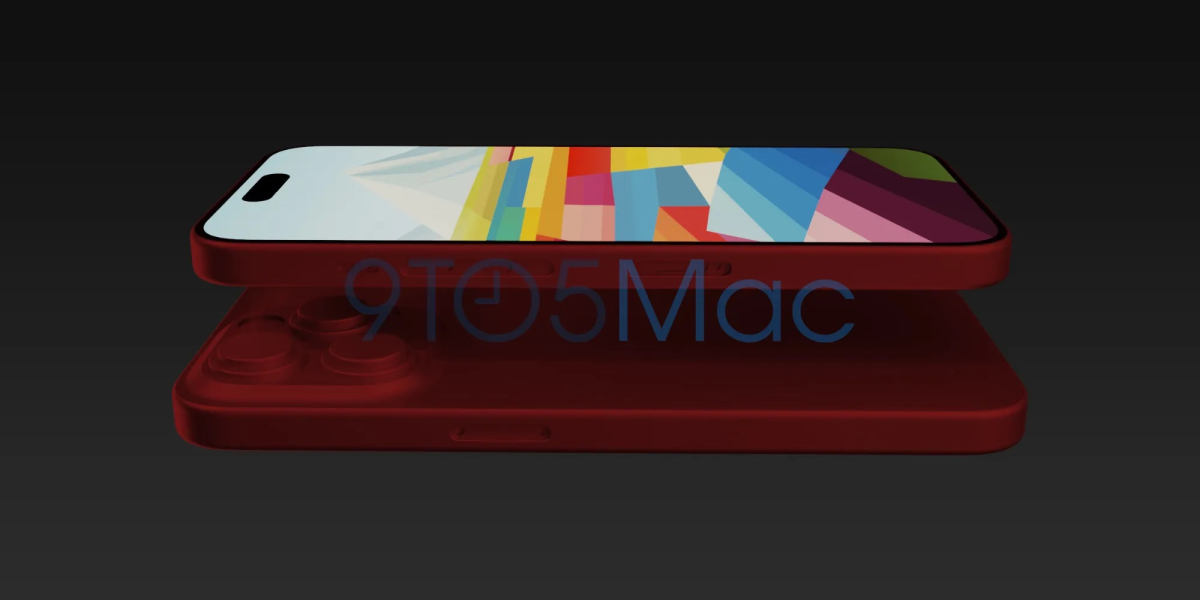Apple may also remove the SIM card slot in Europe
Embedded SIMs, or E-SIMs for short, have been in smartphones for years. They are intended to practically replace the physical SIM cards. With the iPhone 14 (Pro, test) Apple had already drawn the line for SIM cards in the USA: all models available there do not have such a slot. With the iPhone 15, according to a report, Apple could expand the e-SIM push.
If you believe the French portal i generation (via 9to5Mac) who want their information from industry sources, Apple could get rid of the physical SIM card on the iPhone 15 in France. Given that Apple has so far offered a specific model configuration for all of Europe, this change should affect the entire European market – including Germany.
In Germany, the major network operators have been offering E-SIMs for devices for years – the first smartphones with E-SIM support were the iPhone Xs and the Google Pixel 3 (test) – but the devices each had a slot for a nano SIM card.
Editor’s Recommendations
Many, but by no means all, (Android) smartphones and iPhones now support E-SIMs. Apple Watches and iPads with a cellular option as well as smartwatch models from Samsung or Google also have E-SIM support.
A possible indication that speaks against the removal of the SIM card: a CAD render image with a SIM slot from China. Unfortunately, it basically says little about whether Apple could fully rely on E-SIM for the iPhone 15 in Europe. Because in some countries, Apple must continue to offer physical SIM card options. (Image: via Macrumors)
According to Apple, removing the physical SIM card offers a plus in security. Because a thief could not simply remove the SIM card in order to disconnect the stolen iPhone from the mobile network and paralyze the location function.
With the release of iOS 15 and iOS 16, Apple had simplified the move from SIM to E-SIM, which suggests that the manufacturer is increasingly trying to push embedded SIMs. In addition, more recent devices even support the Dual E-SIM insert.
While all major network operators in Germany support the E-SIM even for prepaid tariffs, Deutsche Telekom in particular currently offers a very elegant way of managing E-SIMs. Vodafone has also announced an easier activation method for 2022, which eliminates the previous method of scanning a QR code and entering a PIN. In addition, every new customer automatically receives an E-SIM, unless a plastic SIM was expressly ordered.
From my own experience, O2 and Telefonica are unfortunately not that far along. The management and an elegant transfer of E-SIMs from one device to another is still proving to be quite cumbersome. The E-SIM is also not yet widely available in German discount stores, which, as is well known, have been selling SIM cards under their own brand for years.
If Apple were to actually show the red card of physical SIM cards in Europe with the iPhone 15, network operators and discounters would have to step up a gear in the coming months and offer easier support for e-SIMs. Something like that wouldn’t be completely absurd, since Apple has a strong influence and could make such technologies the new standard.
After GSMA forecasts, the worldwide industry association of mobile network operators, E-SIMS are to be used in a third of all smartphones by the end of 2025. According to the association, this would correspond to 2.4 billion devices.



